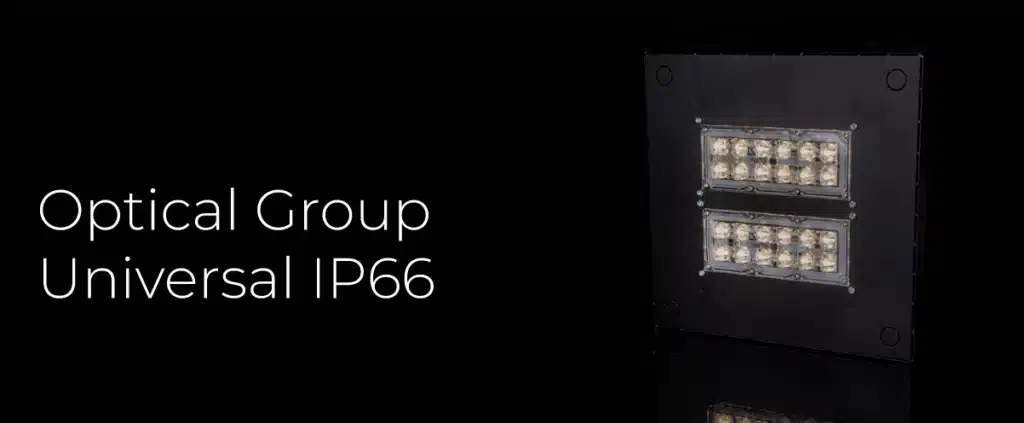
Grupo Prilux and San Patricio Toledo International School sign an agreement to carry out a study on how the change in colour temperature (TCC) of LED lighting affects student behaviour.
WAS colour temperature change technology and integrated control system at the service of students
The Prilux Group and the San Patricio Toledo International School have signed an agreement whereby they are going to carry out a study on how the change in colour temperature (CCT) of LED lighting affects the behaviour of students during the school day. A human-centred lighting project (HLC), which aims to improve learning performance.
Light is a fundamental element of the teaching space and therefore its use must be carefully planned. Knowing what the student needs to develop a balance with the luminous environment becomes a priority element when establishing the type of lighting.

The lighting conditions depending on the contribution of natural light that there is at any time in the classroom and the activity to be performed, has a direct impact on visual quality, personal comfort, behavior, learning and academic performance of students.
To this end, the Prilux Group has installed a series of luminaires with WAS colour temperature change technology and an integrated control system with scenes programmed according to the activity to be carried out in the classroom.
The study will be carried out in 2 classes of 5ª of primary school of the International School San Patricio Toledo and will have 8 months of duration. Throughout the academic year 2018-2019, the specialized guidance office will carry out several psychometric tests with indicators such as speed and reading comprehension, concentration, number of errors in arithmetic and orthography… to which are added the subjective measurements of the teachers, on improvement in participation, alert levels, concentration, silence…
The medical area of optometry also participates to see if they improve sight-related ailments. With all this, at the end of the course the aim is to evaluate the experience with the changes measured, contrasted with the initial and previous years’ tests.








